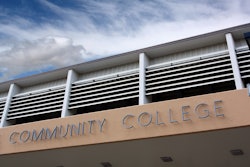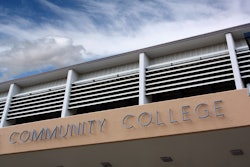As the first leg on the long ladder to academic achievement, community colleges have long had a reputation for losing almost as many students as they enroll. The reasons run the gamut from school-related to personal. Whatever the reason, the bottom line is not encouraging, especially for students who enter with graduation from a four-year college on their minds.
At the Community College of Baltimore County—which serves more than 30,000 students in the Baltimore area—and at a growing number of community colleges across the country, academic leaders feel they may have hit upon a strategy that’s turning around the community college retention and graduation crisis.
After years of seeing more than half its students drop out during remedial education semesters, the English Department at CCBC, where 80 percent of students require some kind of remedial/developmental education, adopted a teacher’s proposal to impose some seemingly simple changes that are essentially reinventing the remedial education wheel.
Resisted early on by some peers, Peter Adams, an English professor at CCBC, proposed shortening the remedial class sequence pipeline by combining students whose placement tests indicated they needed non-credit remedial education classes with students whose tests automatically qualified them for regular English 101 credit classes. Adams argued students in need of remedial or developmental study could do better than placement tests suggested if they realized they would be taking the credit class, English 101, in tandem with the non-credit developmental education class.
In the process, “remedial” would lose some of its stigma for students and teachers, Adams asserted. Students (the average age of a CCBC student is 29, and the majority are part-time students) would more quickly see they are paying for credit classes. The shortened pipeline could also help in retention, making it more likely that students who see progress would try harder to stay in college long enough to complete their community college studies.
“The pipeline is too long, too discouraging,” says Adams, who has taught at CCBC for more than 30 years. “We think the students can do a lot more than we are expecting them to.”















